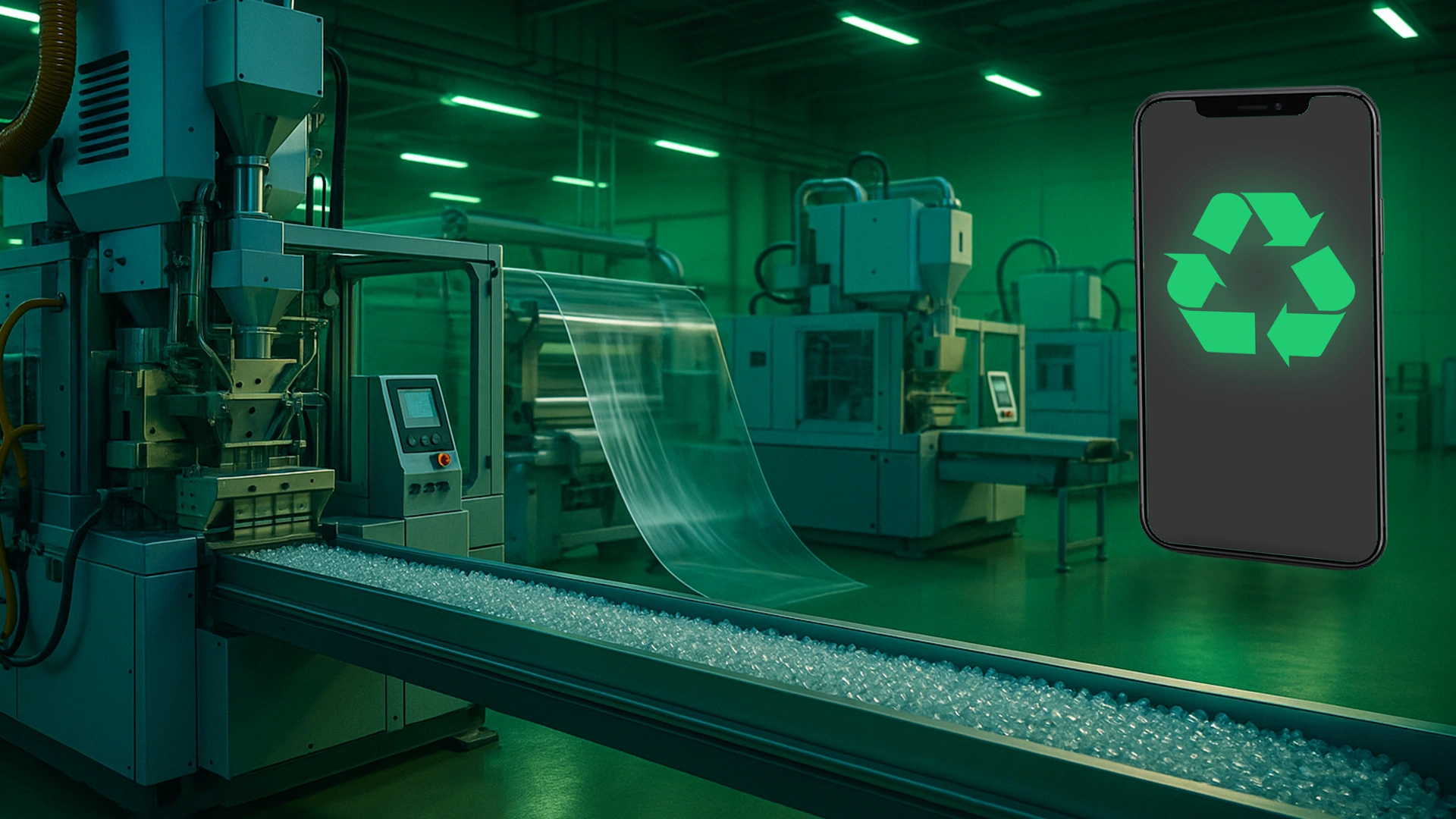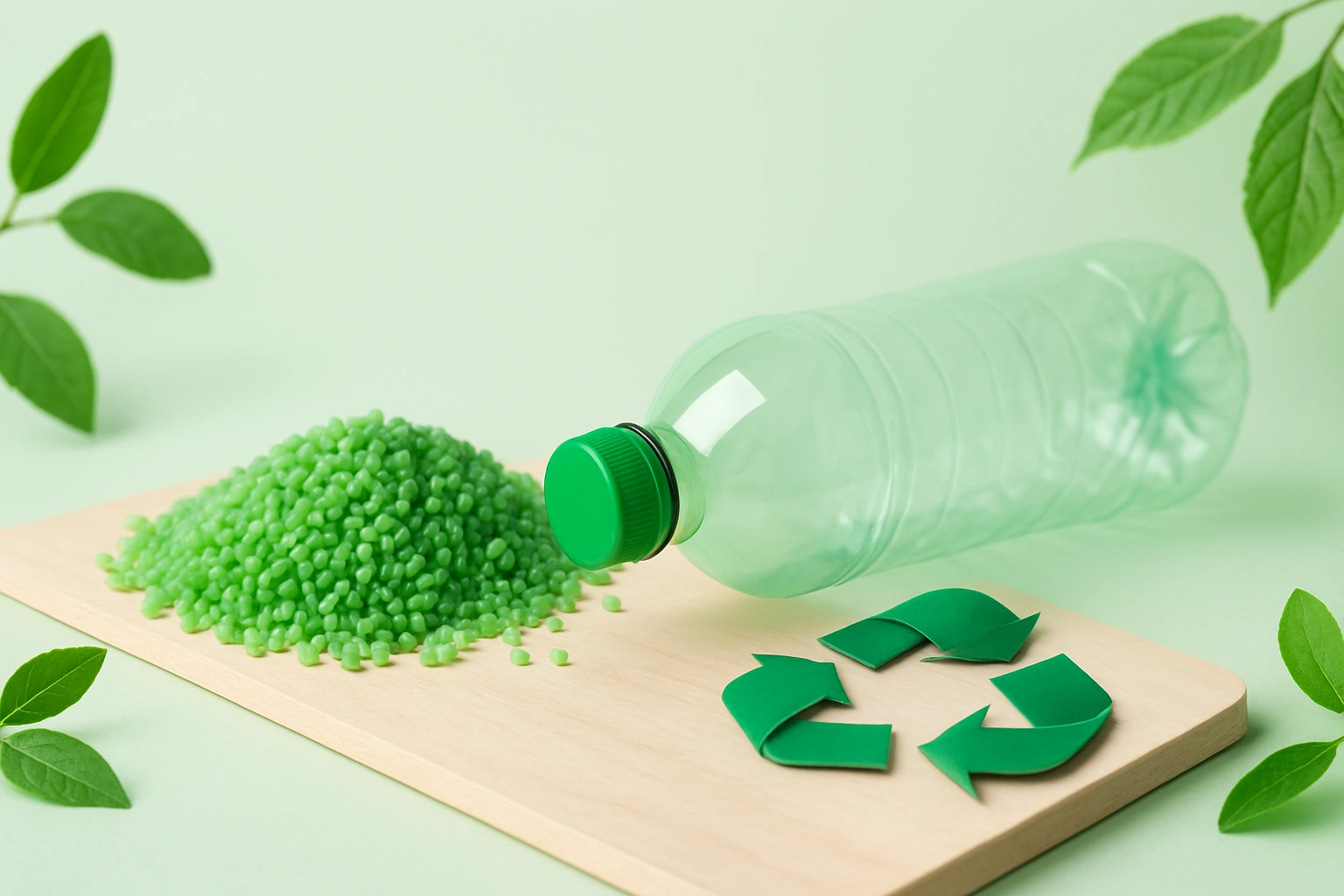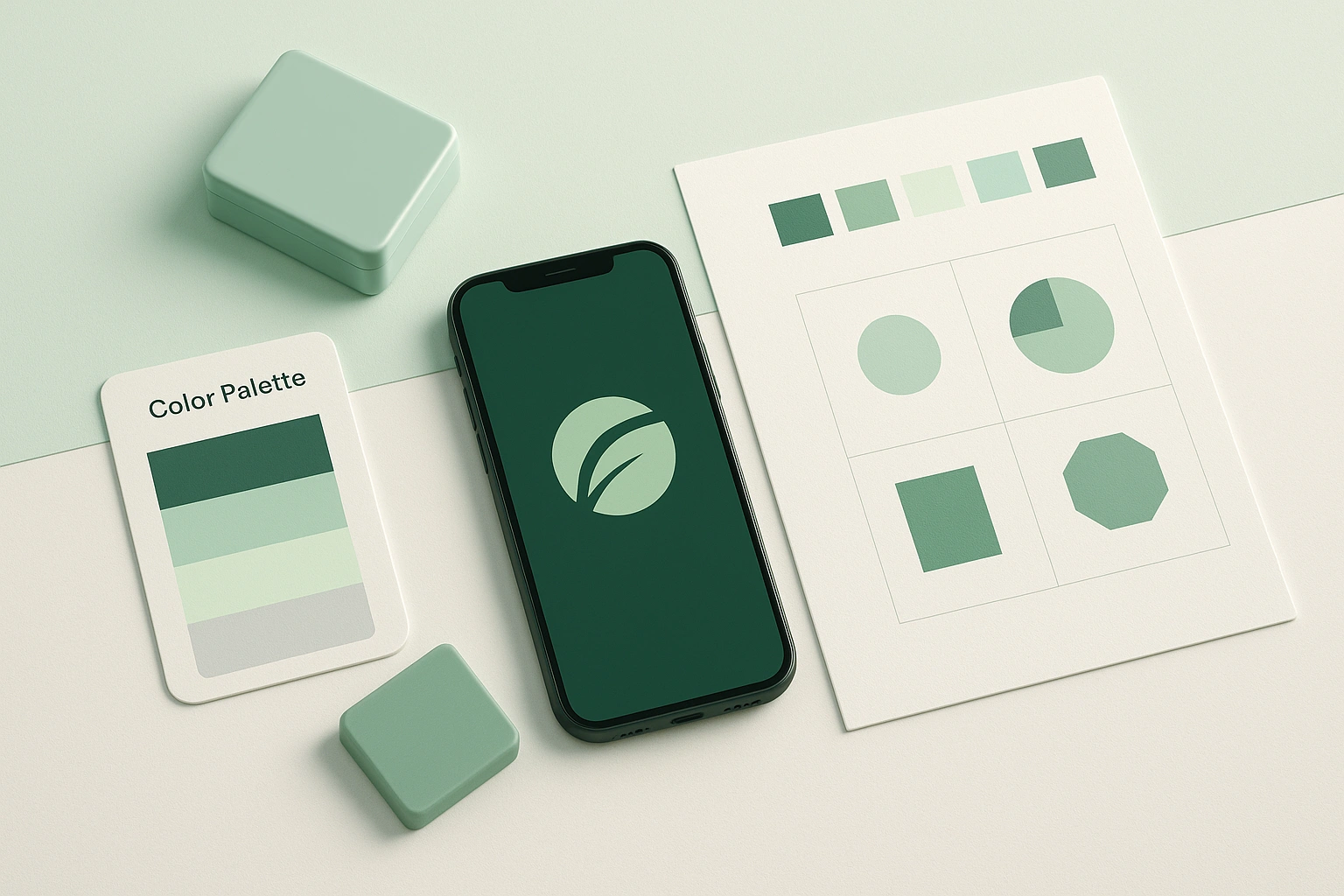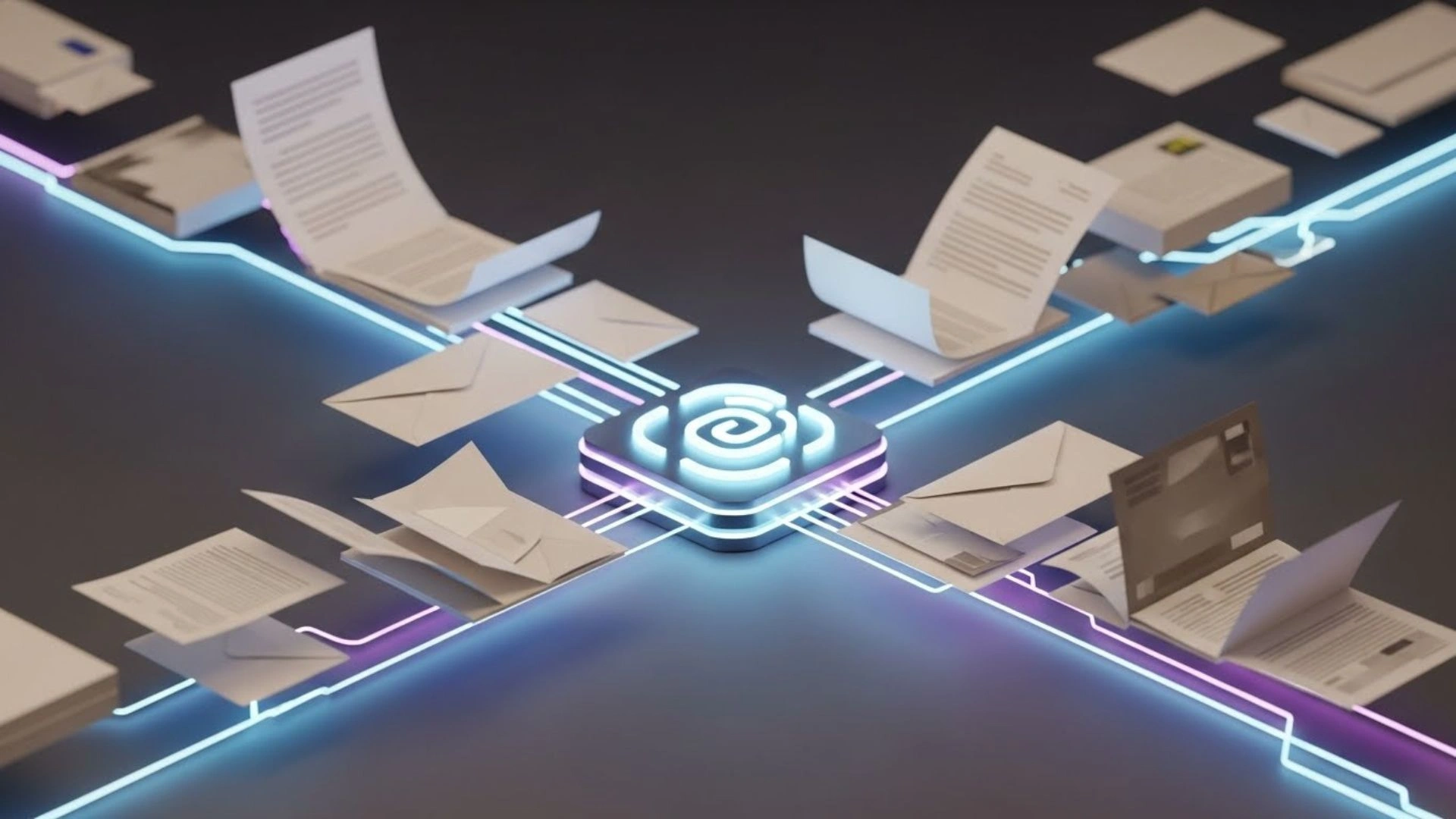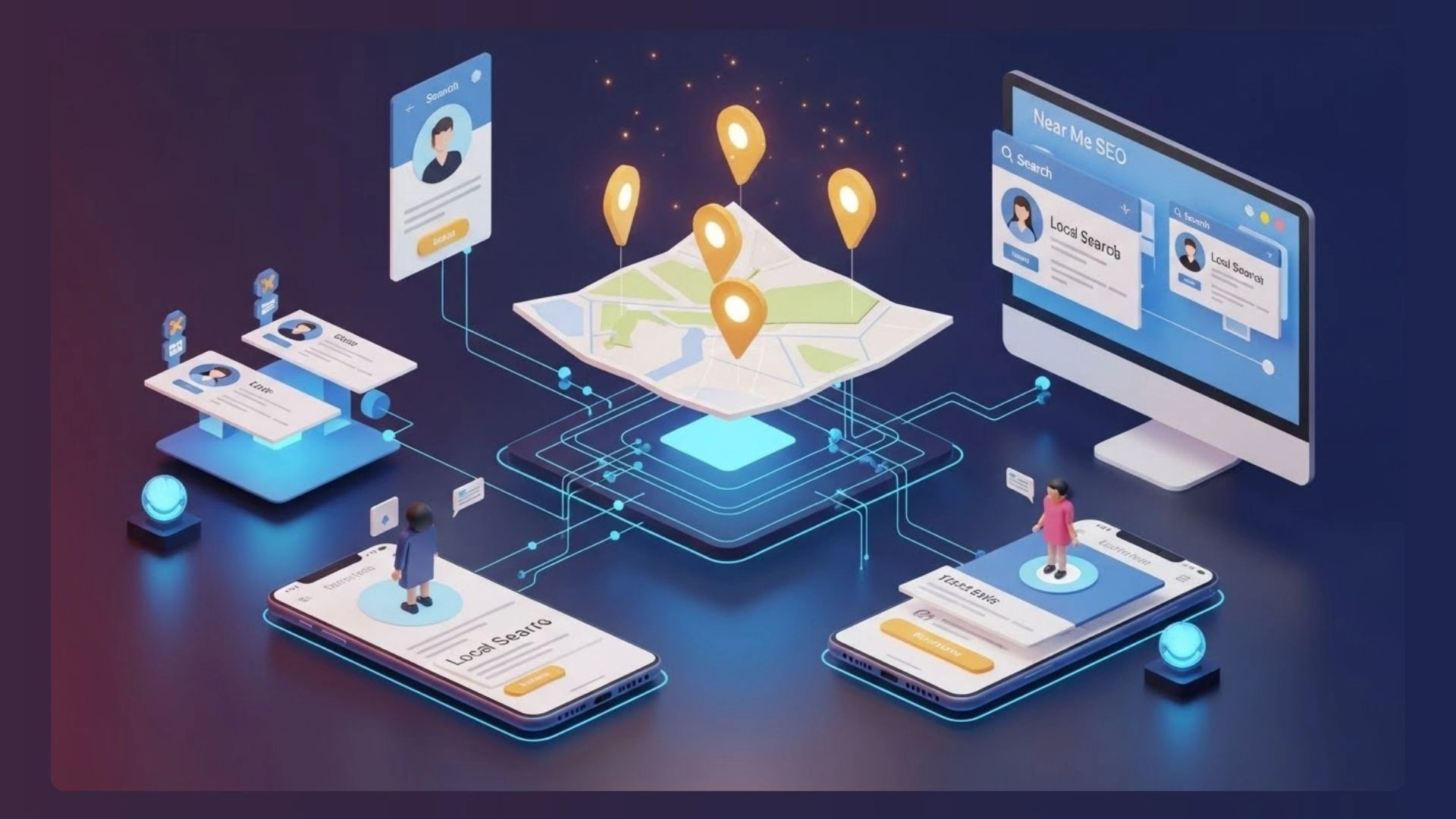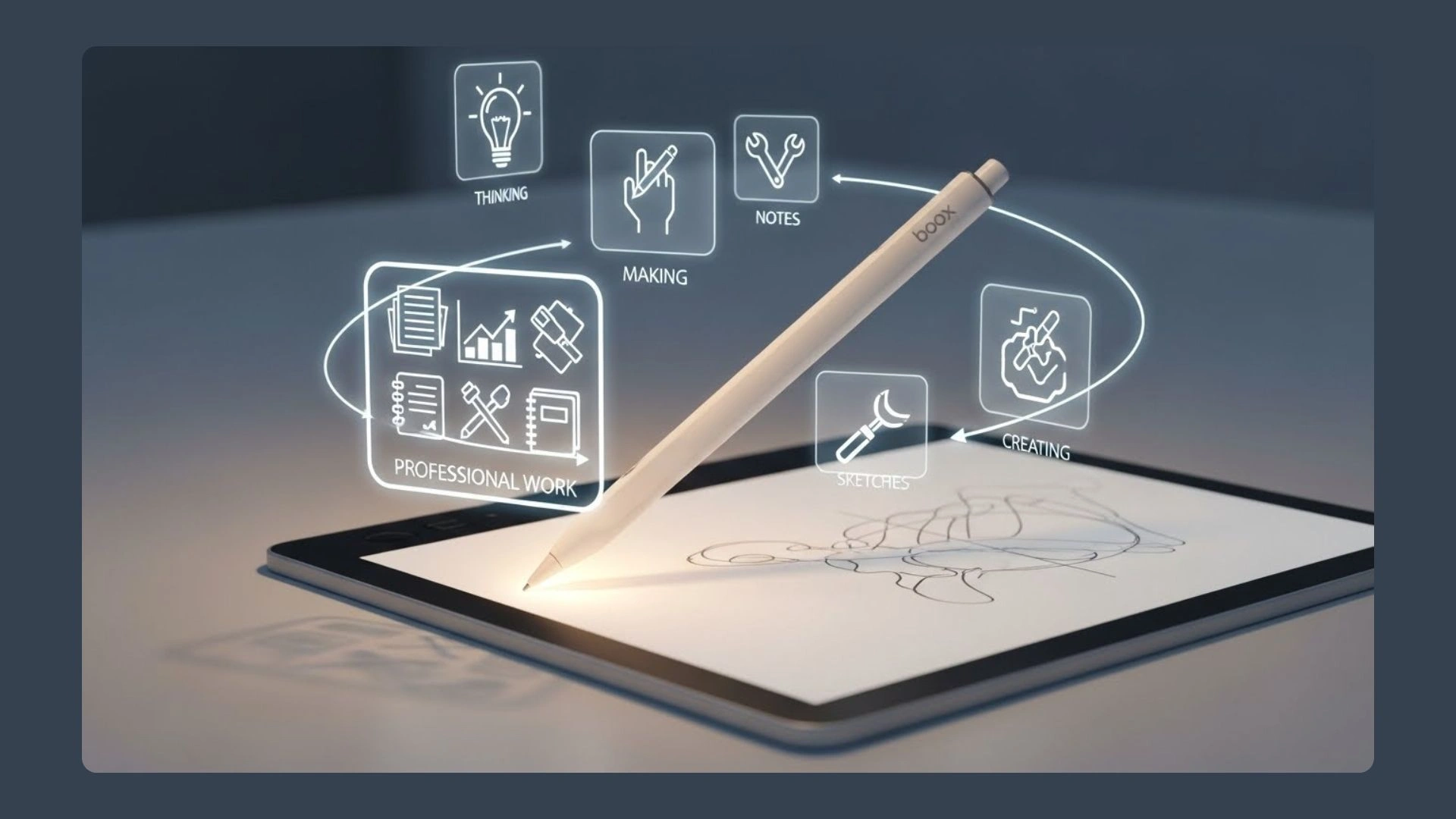In 2025, the plastic industry is still expanding more than ever. Above that, the global plastic market is projected to reach nearly USD 1,138.9 billion by 2035. Meaning that the industry grows steadily at a CAGR of 4% each year. At the same time, most plastic businesses are facing an increase in the material costs, more strict regulations, and even an increasing demand for sustainability. This all results in a competitive marketplace within the plastic industry. This is the reason why having a successful plastic industry marketing strategy is essential for any company that wants to grow sales, build brand recognition, and stand out in today’s competitive market.
Buyers are increasingly selective, preferring suppliers who not only deliver quality but also demonstrate responsible practices. For small and medium-sized businesses, showing up where potential buyers are already looking can make the difference between winning a contract and losing it to a competitor.
By combining practical marketing methods with sustainability initiatives and clear messaging, plastic companies can strengthen their reputation and attract new clients while keeping existing customers engaged.
How to Understand the Plastic Industry Marketplace
In order for you to create a successful marketing strategy for plastic industry, you should first understand the current marketplace. In other terms, you should learn more about the buyer expectations and even sector-specific challenges. This type of awareness helps companies make smart decisions regarding their message, the channels, and even the offers.
What are The Plastic Industry Market Trends and Consumer Preferences
Today’s consumers expect from the plastic suppliers more than just competitive prices. So in order to come up with a successful plastic industry marketing strategy, you should first understand the market trends, consumer preferences, and what even drives their buying choices.
Rising demand for sustainable plastics
Companies offering recyclable, biodegradable, or reusable plastics are viewed more favorably by buyers and end-users. So, if your company highlighted these products in marketing materials, you could easily improve reliability and build brand trust.
Shift towards specialty plastics
Since today’s medical devices, automotive parts, and even the premium packages are all made from high-quality specialty plastics, this increased the demand for high-performance plastics. So if you really want your plastic business to grow and stand out, you can start showing your expertise in these areas.
Eco-conscious buyer behavior:
Today, both businesses and consumers are increasingly prioritizing brands that are sustainable and even show environmental responsibility. When your business shows its sustainability initiatives, such as reduced carbon footprint or waste minimization, you can differentiate your company and build trust.
Challenges in Plastic Marketing
Marketing plastics involves more than promoting products; it requires addressing perceptions, compliance issues, and competitive pressures.
Environmental concerns
The negative public perception of plastics affects buying decisions. Marketing messages must acknowledge these concerns while demonstrating responsible practices.
Regulatory pressures
Packaging and material standards are different across regions. This is the reason why it’s important for companies to clearly show that they meet all quality and safety standards, so clients know they can trust them.
High competition and price sensitivity
Many plastic products are commoditized, making it essential to highlight differentiators such as durability, custom solutions, or service reliability.
How to Define Your Target Audience
A marketing strategy only works when it speaks to the right people. Knowing exactly who your buyers are helps you create messages that actually connect and inspire them to take action.
B2B vs B2C Segmentation
The plastic industry serves a range of clients, each with different priorities.
B2B clients
Manufacturers, distributors, and large enterprises care most about cost, quality, and having a reliable supply chain. Highlighting certifications, delivery guarantees, and proven results builds confidence
B2C clients
Eco-conscious consumers, hobbyists, and small businesses care about usability, safety, and environmental impact. Tailoring communications to show convenience and responsible production increases engagement.
How to Understand Problems and Challenges
When you start identifying the problems your customers face, it helps you show how your business cares about your customers’ feedback and even solve them effectively.
For businesses
One of the main challenges most plastic businesses face is trying to reduce the production cost while still maintaining high quality and managing supply schedules. This can be solved by explaining how your company helps reduce downtime or through offering flexible supply options to make your message stand out to decision-makers
For consumers
Concerns often involve eco-friendliness, safety, and product usability. Showing that your business uses recyclable materials, non-toxic plastics, and easy-to-use products improves trust and even encourages repeat purchases.
How to Build a Strong Brand Identity
A strong brand identity helps plastic companies stand out, earn trust, and make it easier for buyers to choose them over the competition.
How to Create a Unique Value Proposition
To build real value for your business, clearly explain why buyers should pick your products instead of your competitors’.
Sustainability and innovation
Highlight that your plastic business uses recycled materials or develops high-performance plastics for specific applications.
Reliability and compliance
Show that your plastic business adheres to the latest quality and safety standards to give buyers confidence in your products.
Visual and Verbal Branding Elements
Keeping your branding consistent across all platforms helps people recognize your business and trust it more.
Visual identity
Make sure your brand logos, packaging, and color schemes show professionalism and eco-conscious values.
Messaging consistency
Make sure that all your digital platforms, brochures, and trade show materials share clear, uniform messaging that reflects your company’s focus on quality, sustainability, and reliability.
Digital Marketing Strategies for the Plastic Industry
Nowadays, most people shop online. That’s why having a digital presence is important. It can help customers find your business easily and even check your products right away.
Making Your Website Easy to Find
Optimizing your website for industry-specific searches ensures buyers can locate your products and services.
Product page optimization
To optimize your website pages, you have to make sure to include clear descriptions, technical specifications, and even sustainability details. With product page optimization, your business can build trust, and customers can compare and choose products confidently.
Informative content
Make sure your website has guides, FAQs, and technical insights that answer common questions to build authority and gain your customers’ trust.
Social Media Marketing
Including social media in your plastic industry marketing strategy is essential. Social media platforms can help you reach both B2B andB2C customers with ease.
LinkedIn for B2B
When you start sharing case studies, certifications, and production updates on LinkedIn, you can boost engagement with businesses seeking suppliers.
Instagram and TikTok for B2C
You can use social media platforms to share your products, recycling tips, and user-generated content to build consumer interest.
Paid Advertising and Retargeting
If you want to target customers who are actively searching for plastic products, then you should focus on creating targeted ads.
Search campaigns
Promote your most in-demand products to buyers who are already looking and ready to buy.
Retargeting
Stay in front of visitors who viewed your product pages but haven’t yet reached out, increasing the chance of conversions.
Content Marketing for Thought Leadership
To create an effective content marketing strategy, you should focus on offering practical solutions to problems that most customers face. When you provide real-world examples, your business can show how its products can solve challenges while meeting both compliance and performance standards.
Educational Blog Posts and Case Studies
Customers like the type of content that’s useful and real. Case studies can show how your clients saved money, improved production, or reached their sustainability goals. Simple blog posts that explain materials, technical details, or rules help buyers understand their options and trust your expertise.
Video Marketing and Tutorials
Videos help customers understand complex information and show the real value of your products. You can make videos that explain the manufacturing process, recycling tutorials, and even step-by-step guides that give users the confidence to buy from your company. On top of that, videos increase engagement, as most people prefer visual content rather than just reading about your products.
Webinars and Industry Insights
Live webinars let companies teach customers and answer their questions on the spot. When industry experts share trends, updates, and tips, buyers get helpful insights they can actually use. Companies can even reuse the recorded sessions as extra educational content to build credibility and attract new customers over time.
It’s worth noting that 81% of manufacturers now use content marketing to increase brand visibility and awareness. That means creating quality content isn’t just optional anymore. I’d say it’s essential if you want to grow your plastic business.
Turning Sustainability into a Marketing Advantage
Using sustainability in your marketing can help your brand stand out, build trust, and show customers you care about what matters to them. Since many people are concerned about the environmental impact of plastics, being open about your eco-friendly efforts can give you an edge and make your brand look more responsible.
Highlighting Eco-Friendly Practices
Companies can promote using recycled materials, implementing circular economy practices, or reducing production waste. When your company clearly communicates these actions, it can show commitment and help buyers meet their own sustainability goals.
Certifications and Compliance
Certifications show that your company is environmentally responsible. Displaying ISO, ASTM, or other relevant certifications helps B2B buyers feel confident that your products meet all the right requirements. Communicating compliance in marketing materials strengthens trust and supports decision-making.
Transparent Communication
Honesty about capabilities and progress builds long-term relationships. Sharing sustainability reports, successes, and challenges openly demonstrates accountability. Buyers engage more with brands that provide clear information about environmental initiatives.
Measuring and Optimizing Marketing Performance
Tracking results helps companies see which strategies bring in quote requests, boost visibility, and influence buyer decisions. Small and mid-sized businesses get the most value when they focus on metrics that directly impact their operations instead of vague marketing numbers.
Key Measurements
Focus on numbers that reflect real-world business outcomes. Website visits, quote requests, and social media engagement indicate whether buyers can find the company and respond to content. Tracking these metrics provides actionable insights that guide marketing adjustments.
Testing and Refining Campaigns
Continuous evaluation improves the effectiveness of marketing initiatives. Experimenting with messaging, visuals, and channels allows companies to identify what drives inquiries. Adjustments based on real data prevent wasted effort and optimize results over time.
Customer Feedback and Market Insights
When customers leave feedback, it encourages other customers to buy your products as well. When you include surveys, reviews, and industry reports, this helps improve customer satisfaction and boost credibility.
Integrating Sales and Marketing Efforts
When marketing and sales work together, messages stay consistent, responses are faster, and conversions improve. This teamwork gives buyers a smoother experience from discovery to purchase and makes sure your marketing efforts lead to real business results.
Staying in Touch with Potential Customers
Staying in touch with buyers helps turn their interest into action. Regular emails, follow-ups, and retargeting keep them engaged, while clear next steps and quick replies make it easier to get more quote requests.
Collaborative Planning Between Teams
When marketing and sales work together, they avoid sending mixed messages. Sharing insights, product info, and customer feedback helps both teams stay on the same page. This consistency improves buyer confidence and accelerates purchasing decisions.
Using CRM and Automation Tools
Technology makes it easier to track interactions and manage buyer relationships. CRM systems keep all communication and buyer details in one place, while automation tools handle follow-ups, reminders, and targeted messages. When used well, they streamline your work and help you stay connected with customers.
Conclusion
A successful plastic industry marketing strategy targets customer needs, takes sustainability into consideration and highlights it, and lastly, builds trust and reliability. That’s why plastic companies that show their expertise, offer informational content, and provide real measurable results can easily attract the right audience and even grow their sales.
Combining practical marketing approaches with transparency and real-world examples ensures long-term growth, stronger brand recognition, and improved sales performance. Companies should review how visible they are, highlight what makes them different, and use consistent, focused strategies to stand out in the competitive plastic market. If you want to really make your business grow more than ever and stand out in today’s competitive market, then creating your own app can help you achieve that. But how can you create a powerful app for your plastic business without coding?
Short answer: nandbox no-code native app builder. With nandbox, you can create your dream native iOS and Android app without writing a single line of code. A mobile app can help you reach more customers and stay connected with them in real-time, all from one place. It’s fast, affordable, and built to help your business grow. What are you waiting for? Start your free trial today!
